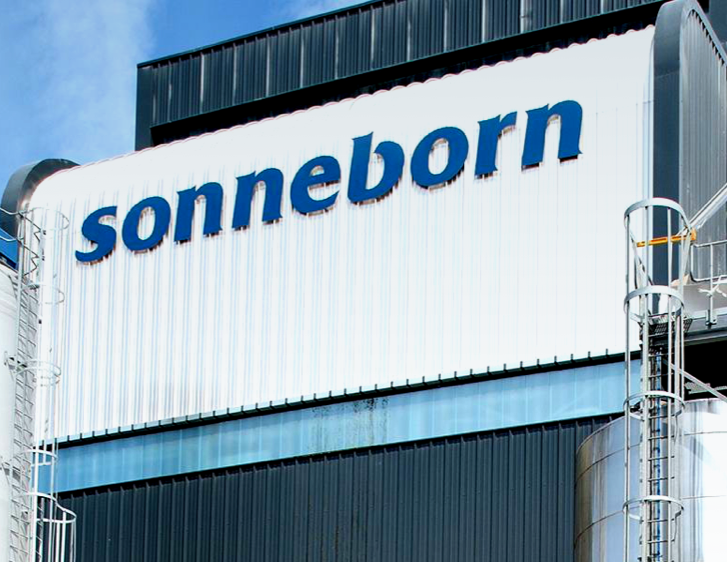Hydrocarbons with low molecular weight that have been processed specifically to deliver unique sensory attributes comparable to some silicones used in cosmetic and personal care applications.
A type of wax produced by de-oiling of waxes derived from select, high-viscosity base oils, and characterized by the fineness of its crystals. Microcrystalline waxes are severely refined to meet various pharmacopoeic requirements for purity and are commonly described by a number of ASTM characteristics, which include: melting point, needle penetration, color and viscosity.
Mixtures of long-chained, branched and cyclic hydrocarbons and their derivates such as organic acids, oxi-acids and esters. The acids present in Sonneborn’s oxidized petrolatums can be neutralized to deliver components offering excellent water- resistant properties and corrosion protection.
An unctuous, semi-solid mixture of various saturated petroleum hydrocarbons having a salve-like consistency. Petrolatums are severely refined to achieve pharmacopoeic levels of purity; used as an ointment base, protective dressing and soothing application to the skin. It may be considered an active drug ingredient in some countries.
Sonneborn plastics oils are highly refined, low-volatility white mineral oils that consist of saturated aliphatic and alicyclic nonpolar hydrocarbons. They are hydrophobic, colorless, tasteless, odorless, chemically inert and have excellent UV stability.
Sonneborn’s sodium sulfonates are surfactants derived from natural petroleum oil feedstocks and possess a structure composed of a poly-alkylated aromatic ring system with primarily branched and short-chained alkylates. These materials provide excellent emulsion quality and corrosion resistance.
White mineral oil is classified into two grades: pharmacopoeia grade and technical grade. Depending on the degree of refinement, certain handling procedures, the addition and/or removal of certain substances, as well as other factors mandate its classification. Technical grade white oils are defined by regulatory agencies, such as the United States Federal Drug Administration (FDA).
Food-grade white oil meets specifications set forth by the FDA, 21 CFR 172.878, and CFR 178.3620(a) and must be processed and repackaged within a system complying with the requirements of cGMP, in order to be approved for direct and indirect food contact. Technical white mineral oil meets specifications set forth also by the FDA, 21 CFR 178.3620(b) for only indirect food contact and does not need to be packaged in a white-room environment.
Measurement of the trans-epidermal water loss (TEWL, expressed in grams per square meters per hour) is used for studying the water barrier function of the human skin. The more perfect the skin protective coat, the higher the water content, and the lower the TEWL. Petrolatum is considered the benchmark for excellent low TEWL.
The Sonneborn products that are 100 percent% vegetable derived. The SonneNatural brand products were developed with vegetable ingredients as alternatives to traditional hydrocarbon-based petroleum products.
A colorless, tasteless, water-insoluble liquid, commonly described in various pharmacopoeia as light or heavy white mineral oils or liquid paraffins, consisting of mixtures of hydrocarbons obtained from petroleum by distillation and the saturation and/or removal of all aromatics, olefins and polar compounds; used chiefly as a lubricant, in the manufacture of cosmetics, and in medicine as an excipient and skin protectant. White oils are inert, generally non-reactive, do not readily support biological growth and are non-comedigenic. Listed in numerous pharmacopeia with synonyms such as Mineral Oil (USP), Liquid Paraffin (JP), Liquid Petrolatum (JSQI) and Liquid Paraffin (EuP). It may be considered an active drug ingredient in some countries.

Why Sonneborn?
With world-class expertise, exceptional service, flexible manufacturing capabilities and state-of-the-art production, you've got a confident, capable partner on your side.
See What Makes Us Different